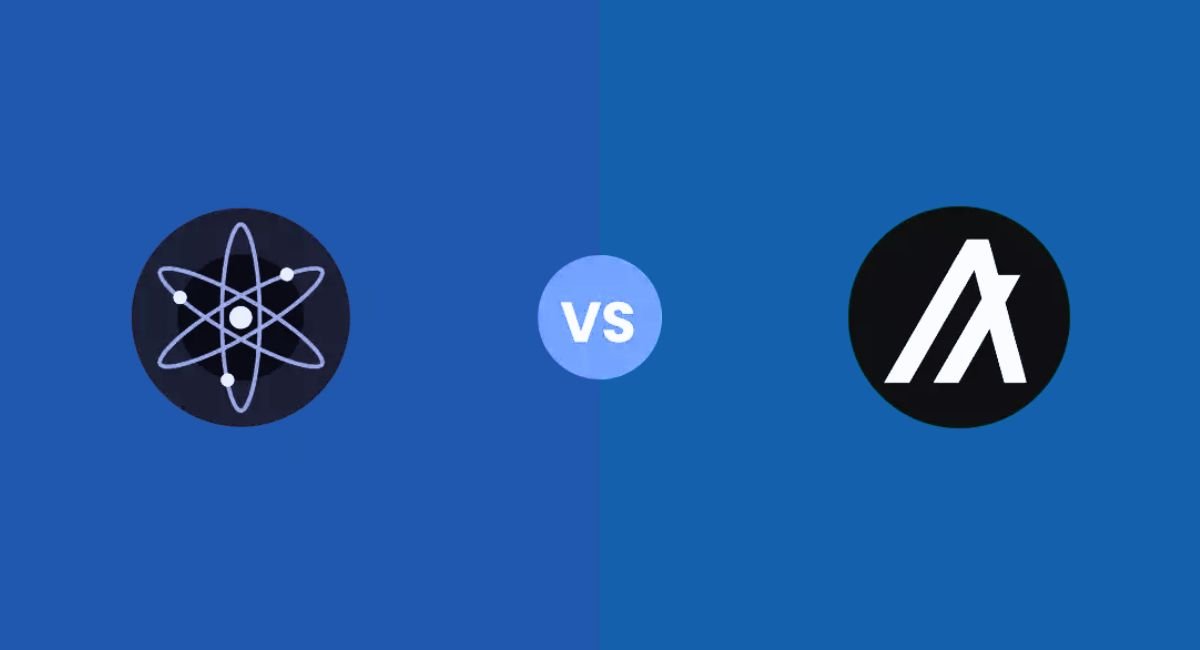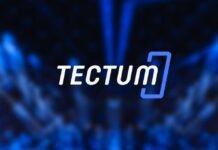
Atom (Cosmos) and Algo (Algorand) have quickly become two of the most prominent players in the huge field of cryptocurrencies because of the distinctive qualities and amenities that they each provide. Both Atom and Algo have received considerable attention and reputation within the crypto community, which makes comparing the two an intriguing exercise to do.
In this article, we will go into the fundamentals of Atom and Algo, examining their underlying technology, consensus processes, scalability, and a number of other significant elements that differentiate the two. Let’s get right in and find out why the similarities between Atom and Algo are so interesting to investigate further.
1. Technology and Architecture:
Atom, which is based on the Cosmos Network, has the intention of creating a blockchain environment that is scalable and interoperable. It makes use of the Tendermint consensus method and implements a hub-and-zone paradigm in order to facilitate communication and transactions between different chains in a smooth manner.
On the other hand, Algo, which is driven by the Algorand protocol, is primarily concerned with the provision of a blockchain infrastructure that is both scalable and safe. Algo makes use of a consensus process known as Pure Proof-of-Stake (PPoS), which offers both high throughput and a speedy completion of transactions.
2. Consensus Mechanism:
The Tendermint consensus method used by Atom is dependent on a group of validators who rotate between proposing new blocks and validating existing ones. Both the security provided by Byzantine Fault Tolerance (BFT) and the expedited completion of block operations is provided.
The Proof-of-Stake (PPoS) consensus method that Algo employs is comprised of a permissionless and decentralized network of validators who take part in block proposal and consensus. To ensure that it is both fair and secure, it utilizes a combination of a verifiable random function (VRF) and cryptographic sortition.
3. Scalability:
Both Atom and Algo are working towards a solution to the problem of scalability, which is an essential requirement for blockchain networks. Atom’s hub-and-zone approach enables horizontal scalability by making it possible for independent blockchains to interact with one another.
The goal of the Cosmos Network is to build an internet of blockchains, which will provide a solution that is scalable for a variety of applications. The Algo protocol makes use of a one-of-a-kind block propagation mechanism and an effective consensus method, which together make it possible to achieve a high transaction throughput while maintaining scalability.
4. Token Utility and Governance:
ATOM is the native token of the Cosmos Network and acts as a utility token that can be used for a variety of different purposes within the ecosystem. It can be staked, it can be used to participate in governance choices, and it can be used to pay transaction costs.
ALGO, the native token of Algo, contributes significantly to the network’s security by being staked and used to participate in consensus decisions. ALGO holders not only have the right to vote on proposed governance changes but also the ability to exert some kind of control on the future course of the Algorand ecosystem.
5. Community and Adoption:
The size of a cryptocurrency’s user base and the rate at which it is adopted by new users can have a substantial bearing on the currency’s overall growth and success. Atom’s focus on developing an interconnected blockchain ecosystem has helped it attract the attention of blockchain enthusiasts and developers alike.
Atom’s interoperability capabilities also contribute to this attention. Because of its scalable and secure architecture, Algo has also acquired traction, which has resulted in the formation of partnerships and collaborations with a wide variety of businesses and institutions.
Bottom line
Finally, the comparison of Atom vs Algo highlights the unique qualities and value propositions of these two cryptocurrencies. Atom’s emphasis on interoperability, along with Cosmos’ hub-and-zone paradigm, offers a novel approach to blockchain connection. With its PPoS consensus and scalable infrastructure, Algo provides a viable solution for a variety of use cases.
Understanding Atom and Algo’s technology, consensus methods, scalability, and token utility is critical for investors, developers, and enthusiasts navigating the crypto environment. Keeping an eye on these unique initiatives as the crypto market evolves can provide useful insights into the future of decentralized technologies.
In the lookout for interesting coins to trade? Discover Hoge and explore the Hoge finance price prediction for making informed decisions.






